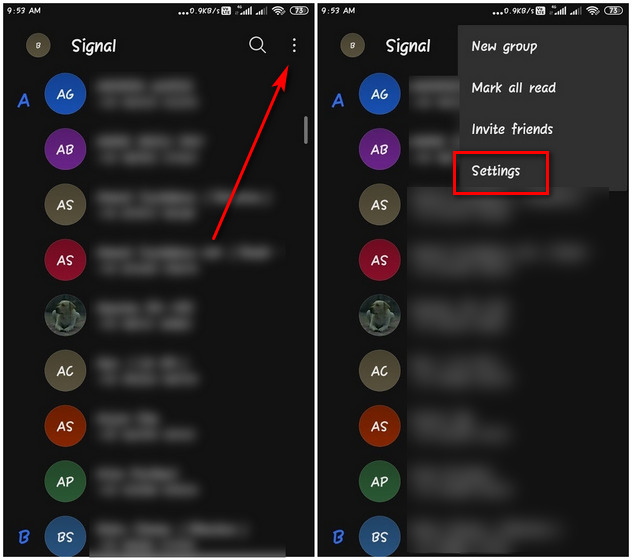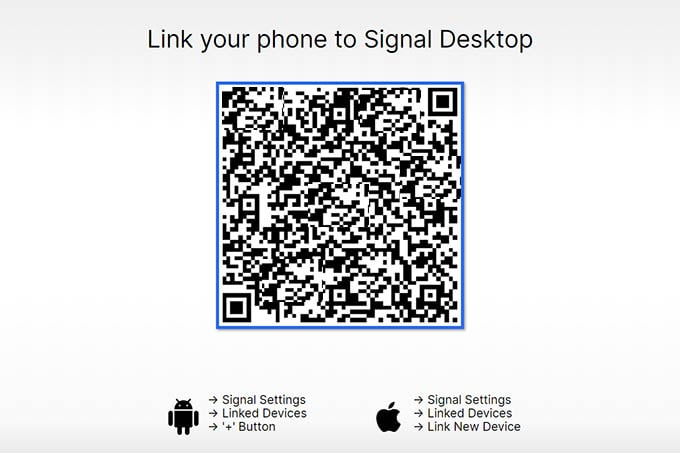

As for its mode of operation, it is similar to other instant messaging apps: we need to have the app installed on our iPhone or Android to use its desktop client by reading a QR code.Įndorsed by specialists in security and internet privacy.

Now, in the release directory you will find both. Install some dependencies and start building process: WARNING: checksums are currently disabled for node.js v4.0 and later N/A: version "v10.13.0" is not yet installed Install and configure the correct NodeJs version:įound '~/Signal-Desktop/.nvmrc' with version Then, clone the Signal Desktop git repository.

Here the steps (in my case performed on a Debian 9). So, if you want to try the last version of the desktop app, or if you don't want relying on the pre-builded releases, you can simply build the app on your workstation. Signal is free and open source, and also provides a desktop application developed using Electron: all sourcecode is available on GitHub. The app provides instant messaging, voice and video calling, and all communications are end-to-end encrypted. Signal is a mobile app developed by Open Whisper Systems. Today let's try to make your own Linux build of Signal Desktop, in.


 0 kommentar(er)
0 kommentar(er)
